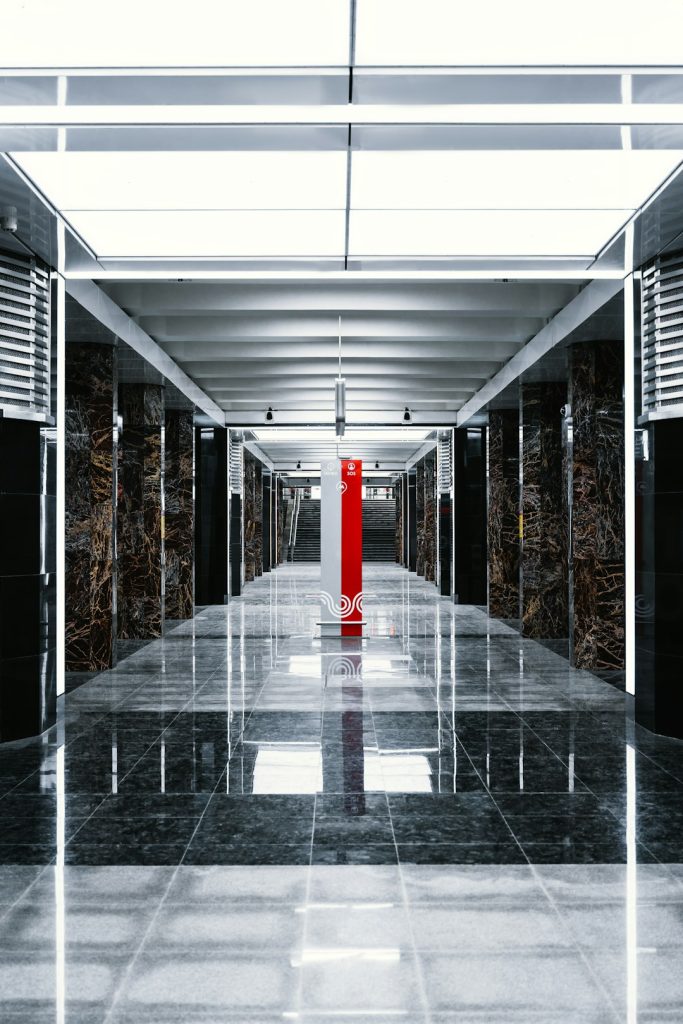Securing sensitive information in containerized environments is more critical than ever. As applications scale across distributed platforms, improper handling of secrets—such as API keys, passwords, and certificates—can expose businesses to severe security threats. With Docker and Kubernetes widely adopted in modern DevOps practices, understanding how to securely manage secrets within these platforms is essential heading into 2025.
Understanding the Nature of Secrets in Containerized Environments
Secrets are pieces of sensitive data that need to be protected from unauthorized access. Unlike general configuration data, secrets include:
- Database credentials
- API tokens
- SSL private keys
- Service account credentials
Without proper safeguards, secrets can be inadvertently exposed through image builds, version control systems, or misconfigured services. The ephemeral and distributed nature of containers further adds to the complexity of secret management.
Common Pitfalls in Secret Management
Organizations often fall into several traps when storing secrets in Docker and Kubernetes:
- Hardcoding secrets into container images: This makes secrets visible to anyone with access to the image.
- Storing secrets in environment variables: Although convenient, environment variables may be exposed through debugging tools or crash logs.
- Checking secret files into version control: Even private repositories can be compromised, and this leaves a permanent digital trace.
- Poor access controls: Over-permissioned roles and automated services can give secrets unnecessary exposure.
Mitigating these risks requires adopting modern best practices tailored to Docker and Kubernetes ecosystems.
Best Practices for Secure Secret Management in 2025
1. Use External Secret Management Systems
Relying on native secret mechanisms within Docker or Kubernetes may not be enough. External secret managers offer advanced features including dynamic secrets, audit logs, and role-based access control. Popular options include:
- HashiCorp Vault
- AWS Secrets Manager
- Azure Key Vault
- Google Secret Manager
These tools integrate seamlessly with Kubernetes through custom controllers and synchronize secrets into the cluster without persistent storage.
2. Leverage Kubernetes Secrets with Encryption at Rest
Kubernetes provides its own mechanism to manage secrets via the Secret object. However, by default, secrets are stored in etcd in base64 encoding, not encryption. Enable encryption at rest for secrets using a provider such as KMS (Key Management Service), and rotate encryption keys regularly.
Additionally, restrict access to secrets using Kubernetes Role-Based Access Control (RBAC), ensuring that only the intended services and users can access them.
3. Avoid Environment Variables for Sensitive Data
Although environment variables are easy to use, they present a significant security risk. Instead, mount secrets into the filesystem and control access permissions tightly using Kubernetes volumes. This not only minimizes the exposure surface but also ensures secrets cannot be accidentally logged or displayed.
4. Automate Secret Rotation
Secrets should not live indefinitely. Implement automated secret rotation policies, particularly for database passwords and access tokens. External secret managers allow for TTL (Time-To-Live) control, and Kubernetes can be configured to reload pods when secrets are updated.
Combine this approach with well-structured CI/CD pipelines that fetch secrets during runtime instead of build-time.
5. Implement Least Privilege Access Control
Assign roles conservatively. A microservice should only have access to the secrets it strictly needs. Avoid giving pods access to the Kubernetes API server unless it’s necessary. Utilize Pod Security Policies, ServiceAccounts, and tools like OPA Gatekeeper to enforce and monitor access boundaries.
6. Enable Audit Logging and Monitoring
Visibility is vital for security. Ensure you have audit trails for all secret access and usage patterns. Kubernetes supports audit logs out of the box. Centralize logs using tools like ELK Stack, Prometheus, and Grafana Loki.
For dynamic secrets, regularly review who accessed which secret and when. This information can help in detecting leaks or unauthorized access attempts quickly.
7. Isolate Secrets by Namespace and Responsibility
In larger environments, apply the principle of separation of concerns. Use Kubernetes namespaces to separate and control access to secrets based on team or application responsibility. Pair this with labeled secrets and RBAC policies to avoid cross-service access.
Advanced Techniques & Emerging Trends
As we move further into 2025, a few advanced options are gaining popularity for making secret storage even more resilient and secure.
Dynamic Secrets with Lease Management
Tools like HashiCorp Vault can generate ephemeral credentials on-demand for databases or services. These secrets come with a TTL and are automatically revoked after expiration, reducing long-term exposure risks. This model aligns well with zero-trust architectures.
Kubernetes External Secrets (KES)
Kubernetes External Secrets is a controller that integrates secret managers like AWS Secrets Manager with Kubernetes. It keeps Kubernetes secrets in sync securely without storing them in etcd unnecessarily. This approach is ideal for hybrid cloud and enterprise-scale deployments.
Zero Trust and Service Identity Verification
As part of Zero Trust architecture, verifying service identity before granting access to secrets is increasingly being adopted. Service meshes like Istio and identity systems like SPIFFE/SPIRE can be leveraged to enforce workload identity checks before issuing any credentials or secrets.
Operational Considerations
- Do not include secrets in logs: Always sanitize logs and configure logging agents to filter out sensitive content.
- Review and rotate secrets periodically: Set up calendar-driven reviews and automate reminders or rotations.
- Train teams on secure secret handling: Include secure secret practices as part of your organization’s developer education program.
Infrastructure and DevOps teams should work together to ensure all layers of the deployment pipeline—from development to staging and production—handle secrets using secure and standardized procedures.
Conclusion
In the evolving landscape of cloud-native applications, storing secrets securely in Docker and Kubernetes is not just a technical necessity—it’s a fundamental responsibility. As we head into 2025, organizations must take a proactive and layered approach to secret management. Leveraging external systems, applying least privilege principles, enforcing automated secret rotation, and continuously monitoring usage are essential steps toward a hardened infrastructure.
Security is a journey, not a destination. By adopting these best practices and integrating modern tools and workflows, organizations can significantly reduce their attack surface and uphold the trust of their applications and users alike.
